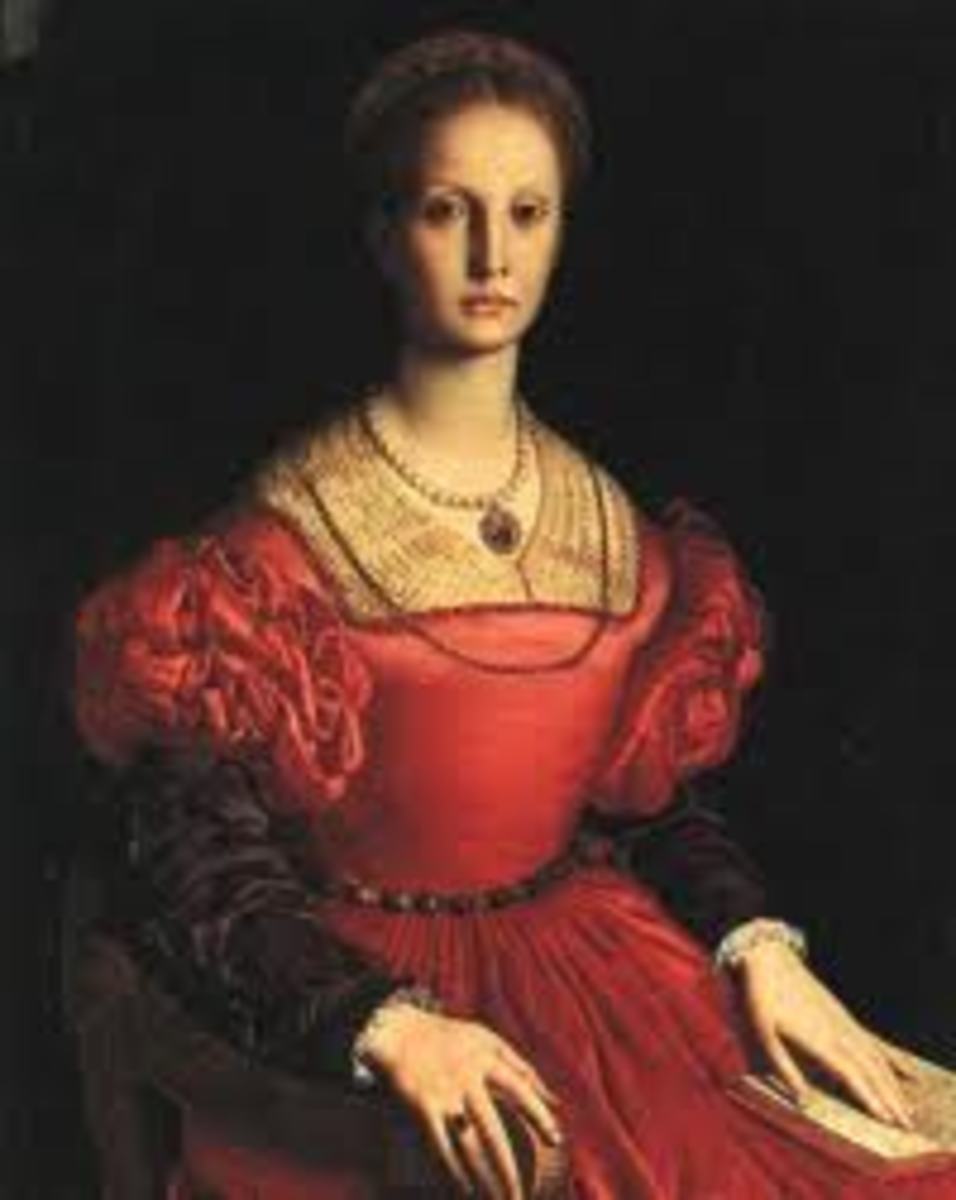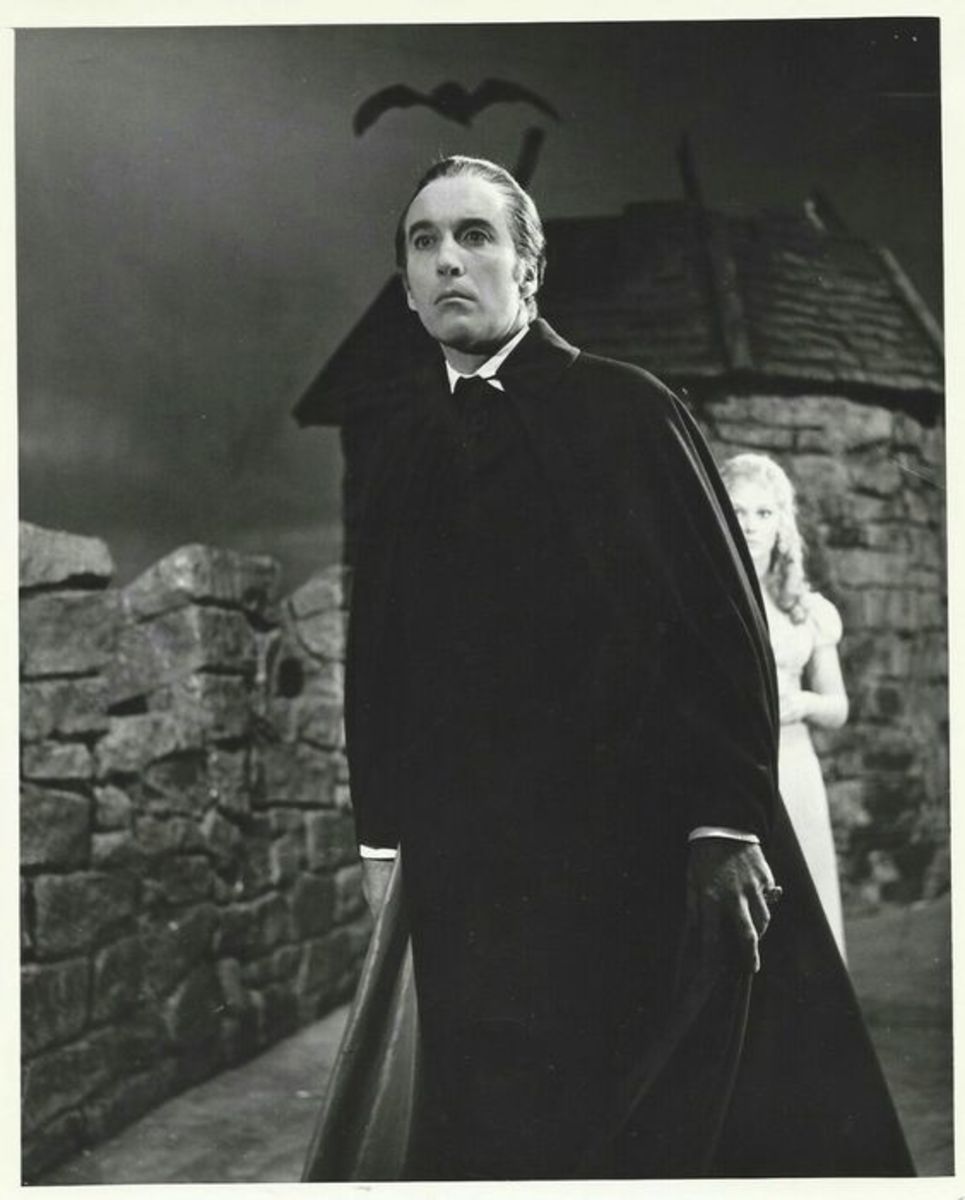Vampires: Compiled!
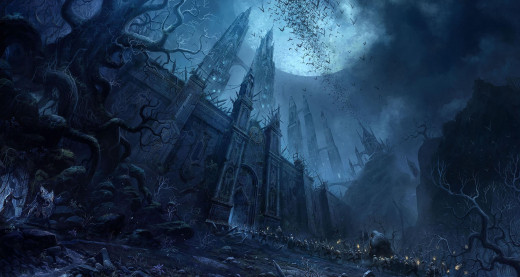
Since time immemorial these animals have been held responsible for unexplained human cataleptic deaths in which the victim becomes unconscious due to heavy loss of vitality (which can also be due to loss of blood).
The concept of human blood sucking vampires was strongly reinforced when in 1897 Bram Stoker published his novel ‘Dracula’. The count Dracula that he had featured in his book was inspired by a real person named Vlad V who was a prince of Wallachia. Count Dracula lived in his castle in Transylvania.
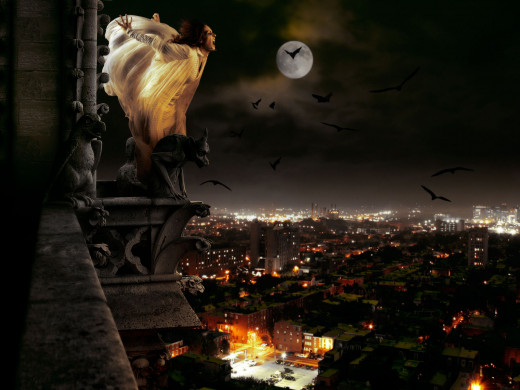
Transylvania had a bad name in reality due to the reports of gruesome vampire killings; Prince Vlad who ruled there was called Vlad Tepes because of the fact that he used to impale his enemies alive on a stake. ‘Tepes’ means ‘the impaler’. It was believed that prince Vlad had an incredible craving for blood and he used to drink the blood of his enemies after killing them. In Bram Stoker’s ‘Dracula’, Count Dracula is portrayed as an undead entity that fed on human blood and was able to transform into a bat.
With the help of research done by Dr. Thomas Mc Devitt, it has been proved that craving for blood might really arise under given circumstances. This research done in 1985 reveals that under some conditions a person might develop a type of allergy for chemicals present in blood and actually become addicted to it. This type of an allergy might also be contagious, so that anyone who comes in contact with such a person might develop like symptoms. This type of disorder might also grow with growing deficiency of iron.
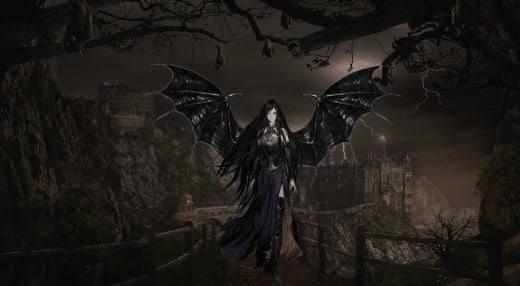
In the novel of ‘Dracula’ it has been portrayed that Dracula lived inside a coffin during the day, as his undead body started burning in sunlight. Though this sounds very much impossible there might actually be some truth behind it which makes the whole theory of human blood sucking vampires somewhat true. Research has revealed that extreme iron deficiency might result in development of rashes on the skin in presence of direct sunlight.
In the year 1727 the village of Medvegia which is situated in the former Yugoslavian republic, was scared due to the attack of a human vampire. A man named Arnod Paole who himself was the victim of a vampire attack had just died. His burial commenced the sufferings of the village. Arnod Paole had died after meeting an accident while riding a wagon. As Paole was a victim of Vampirism, the villagers believed that he must also have become a vampire himself. Due to this belief the villagers started to live in constant terror. It did not take long before the fear of people turned into a reality. The villagers started to be troubled by Paole, who they explained was undead i.e. existing as an entity between dead and alive. Four of the villagers died a gruesome death. When their bodies were recovered near the place Paole had been buried, it was observed that they had turned pale as if all the blood in their bodies had been removed. Such events continued until after about a month and a half of Paole’s burial, when his grave was dug up. A surge of terror swept the village when people discovered that the body of Paole was not absolutely dead. Many of his body parts bled with fresh blood. His skin also showed sign of life. The villagers put a stake made of wood through Paole’s heart and as they did that a large quantity of un-coagulated blood squirted out of his body. After his body was examined to be completely dead, it was buried. After this incident there was no further loss of life in the village due to any unexplained reasons.
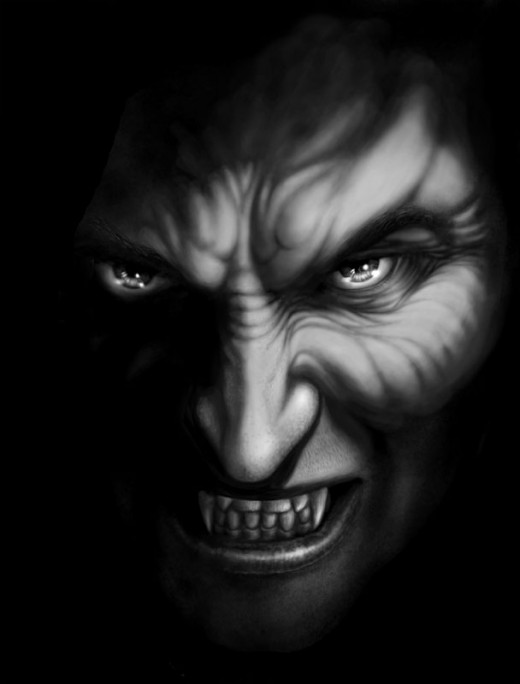
Another such incident took place in the early 1970s when blood drained bodies of cattle were found in Western America where thousands of livestock were found dead. By 1974 these deaths spread all over America and even in Canada. The bodies of these animals were found in very bad condition as they were badly mutilated and completely drained of blood. However in 1979 the FBI reported that it was a common predatory activity and that there was nothing unexplained about it. Although this report was enough to close the case, it was not able to account for the huge number of deaths. At the same time it was also unable to satisfy the livestock owners who firmly believed that it was an act of some kind of a vampire.




